This post is the last post of a series of essays bundled under “Traveling without moving”.
The intro of that series can be found here. In hindsight, this whole series was a slow reflection, maturation, and catalyst for something that will emerge in September as “The Scaffold”
The idea of a new “genre” has been hanging around since 2018, actually. But the COVID-related lockdowns have only amplified this dissatisfaction with replicating old analog formats into their digital copy-cats, without considering that the craving for something better has a deeper foundation.
In my Nov 2020 update, I already suggested:
“People are exhausted. Tired of online meetings. Tired of being locked up in their houses. Tired of all the negative news. People crave oxygen. People crave for small safe groups where they can share, critique, ideate, play.”
As John Hagel wrote some time ago: “We all are hungry for hope and excitement”
During and post-COVID, we have seen an acceleration in the use of online meetings and other forms of remote participation. We also witnessed the rise and hype of the metaverse, web3, AI-based image and text generators, and more.
But we have not catered to the craving for oxygen. On the contrary, we seem to flee and lose ourselves in virtual realities, suffocating ourselves in the coolness of the latest technological gadgets and hypes.
I feel we have hardly touched the surface of what is possible and more importantly what is desirable. What is our/my ambition in this space? I have written before about this in the “Ambition Cube”
I believe we need to start working on a new “genre” for collective learning and collaboration.
Photography in Scaffold by Milo-Profi, Begijnhof, Mechelen, BE
Over the last couple of months, I have watched, suggested, and experimented with a number of concepts that go beyond a pimped-up Zoom meeting. The spectrum included proposals like Pirate TV (gracefully hijacked – and well executed – by Mykel Dixon and Co after I mentioned it during a catalyst meeting with Josie Gibson), Beyond TV, or Beyond Netflix.
I started reflecting: is “pirate” or “rebel” really what I want to be? That may sound like heroic and sympathetic, but is that behavior leading to the desired outcome of imagining and orchestrating new narratives? And why would I even use the word “TV” in what I do? TV as a format that leaves little room for imagination?
Maybe it should be something more Newsroom style like Ian Bremmers’ GZERO channel, Ray Wang’s “DisruptTV”, or Gerd Leonhard’s KeynoteTV. Gerd probably nailed it when it comes to repurposing keynotes for the virtual world (and also very well executed).
Somewhere in 2020, I got the wonderful opportunity to collaborate on nexxworks’ “Missions”, and more specifically on the curation of Mission NXT, with Peter Hinssen as the host.
Mission NXT episode with Peter Hinssen and John Hagel
That worked quite well, and the concept was integrated into nexxworks’s Memberships Program.
In all formats above I have witnessed discussions live or pre-recorded, with or without Q&As, edited or unedited, etc.
But these are delivery-related questions only.
In the end, these formats are still about passive consumption of knowledge, not about working-out-loud together, or better “learning-out-loud together”, and at best they reach the level of high-quality “teaching” of simple topics.
What we seem to be craving for are formats that are mentoring and/or inquiry-based, tackling complicated and complex subjects and projects. These use in-person and virtual facilitation and immersion technologies, helping us discover new unintended opportunities and new unintended behaviors and skills.
Courtesy Ann Pendleton-Jullian from FOUR (+1) Studios
What does that genre-ambition look like? What do we really want?
We do NOT want yet another set of virtual equivalents of “meetings”, or “events”, “workshops”, TED Talks, TV shows, etc.
We want a genre with high participation and high connectedness; with a slow tempo, we take the time to digest existing knowledge and create new knowledge. Failing and learning together through “collisions”, provocations, and collaborative and highly participatory engagements.
This new genre adheres to a different style: away from the spectacle, and breathing a mood of silence and introspection. Not trying to impress but to take care. Away from the quick bites, quick-wins, and snackable fast-food content, but surfing on the slow waves of the long quality content format.
Witnessing, questioning, interrogating, inquiring, iterating, all beyond the cognitive knowledge consumption.
With tools like scaffolds, collages, visual and multi-sensory collisions, assemblages, narrative environments, multiple narratives, and plurality in points of view and participants.
It should feel like a cesarean, assisting birth to something completely new.
It is about scaffolding narrative immersive spaces for collective learning.
Detail “Mechanisms I” by © Tanya Goel – 2019 – Picture by Petervan
For a couple of months now, I have been working in stealth mode on a new project called “The Scaffold”, which is exactly doing that.
The Scaffold will come out of stealth next month, together with a brand new website and offering for Petervan Studios
Hope you stay on board
With warm regards,




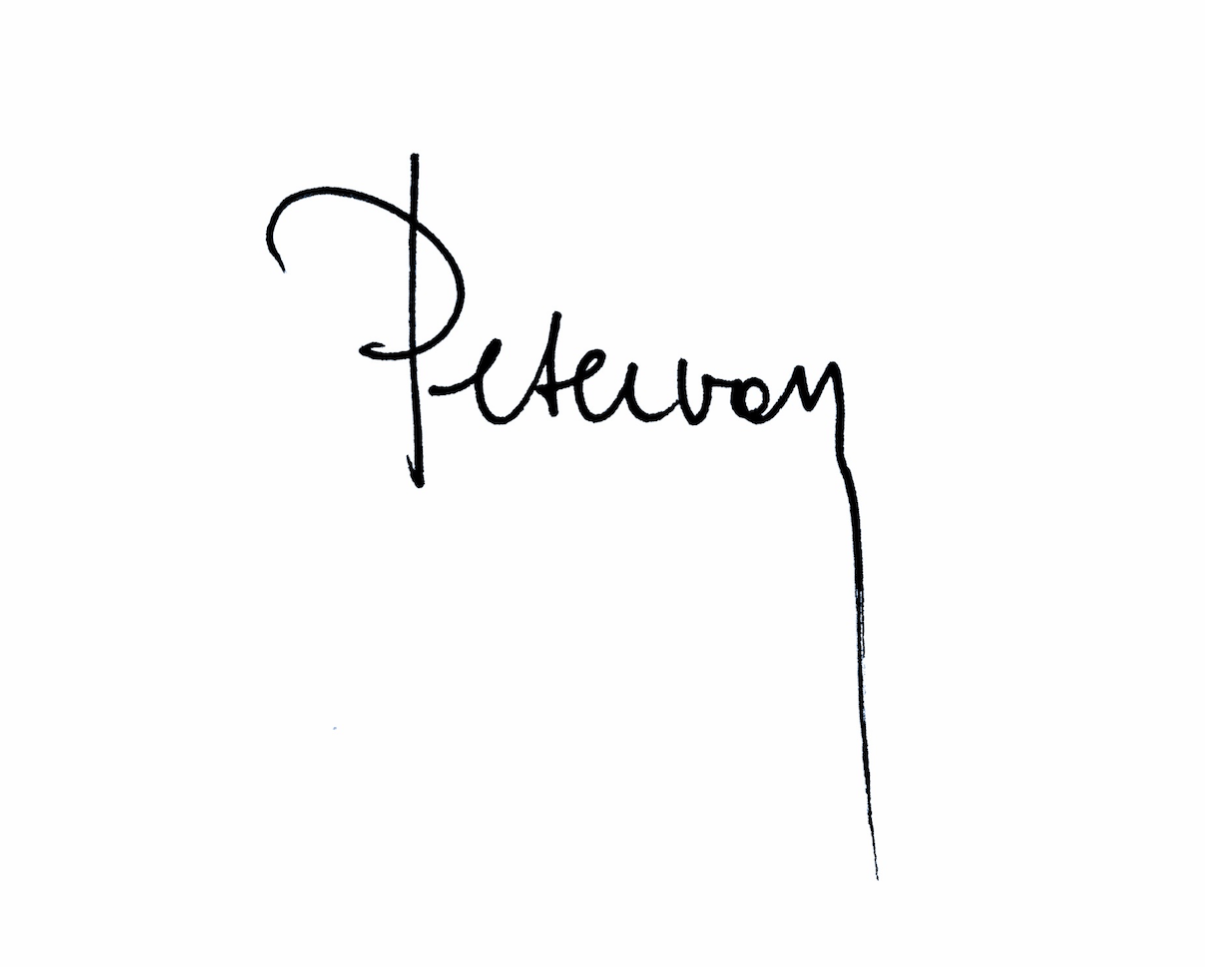

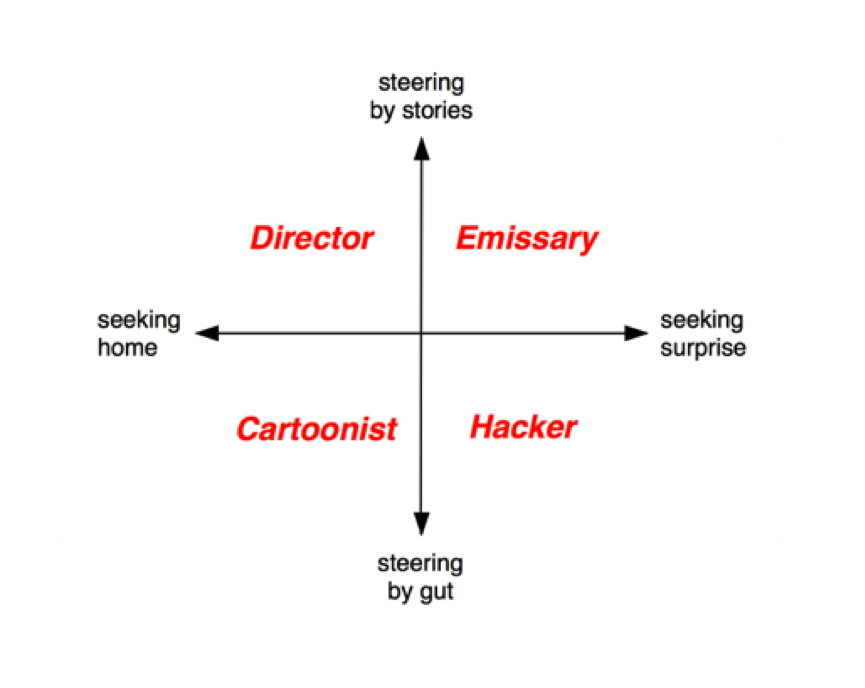
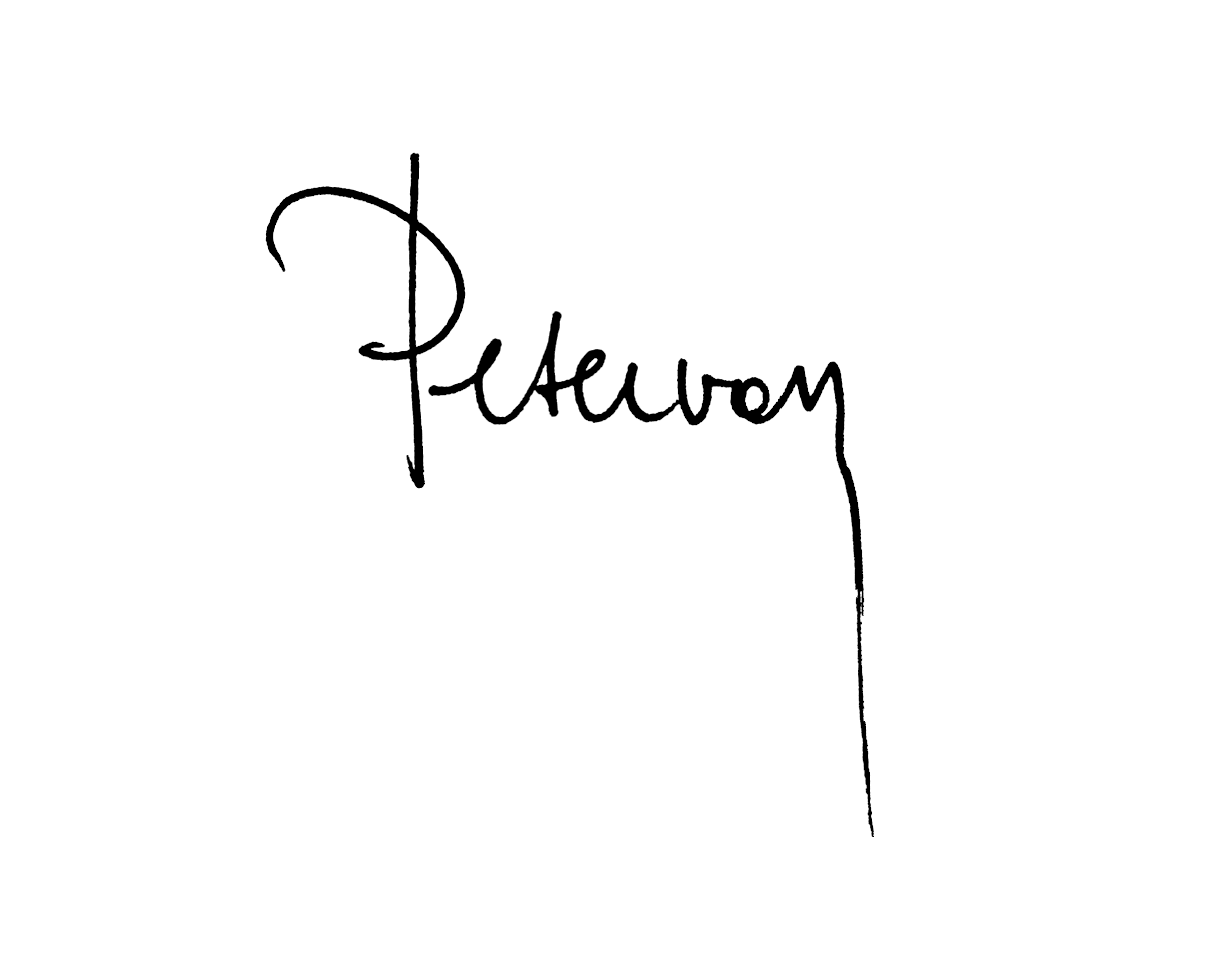

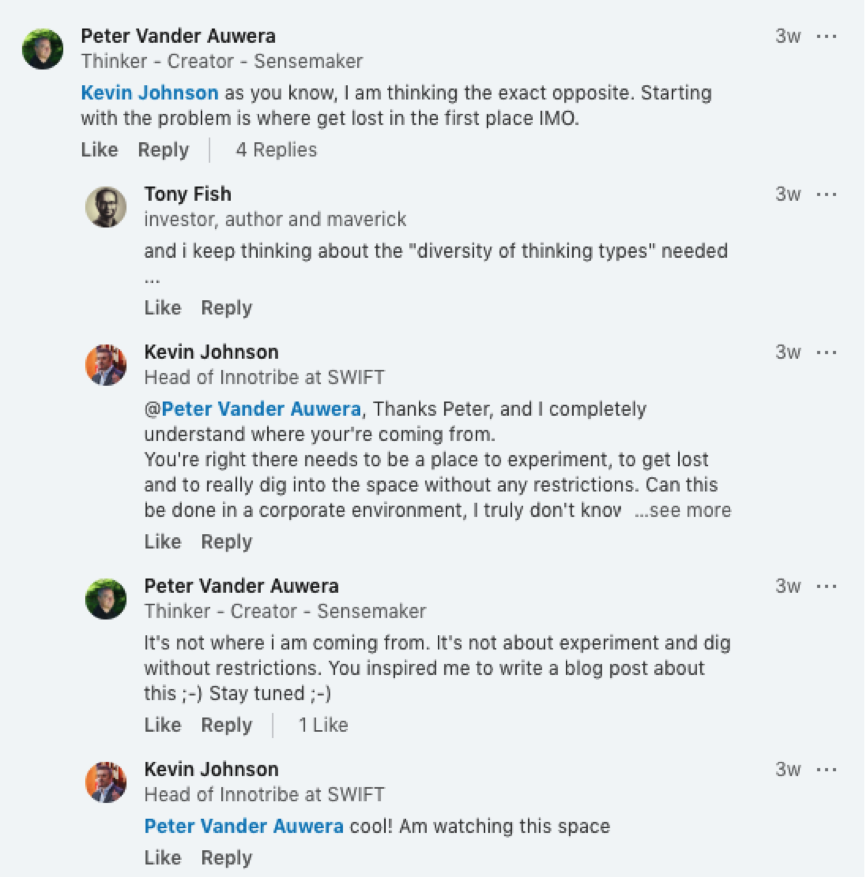

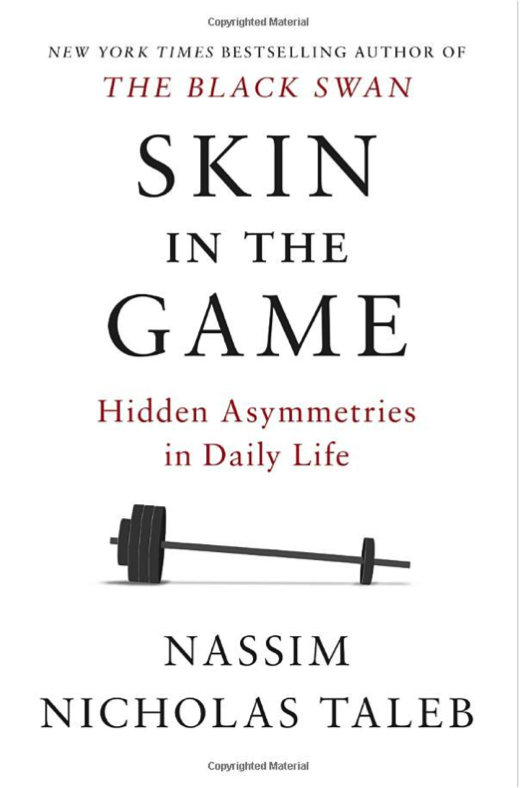


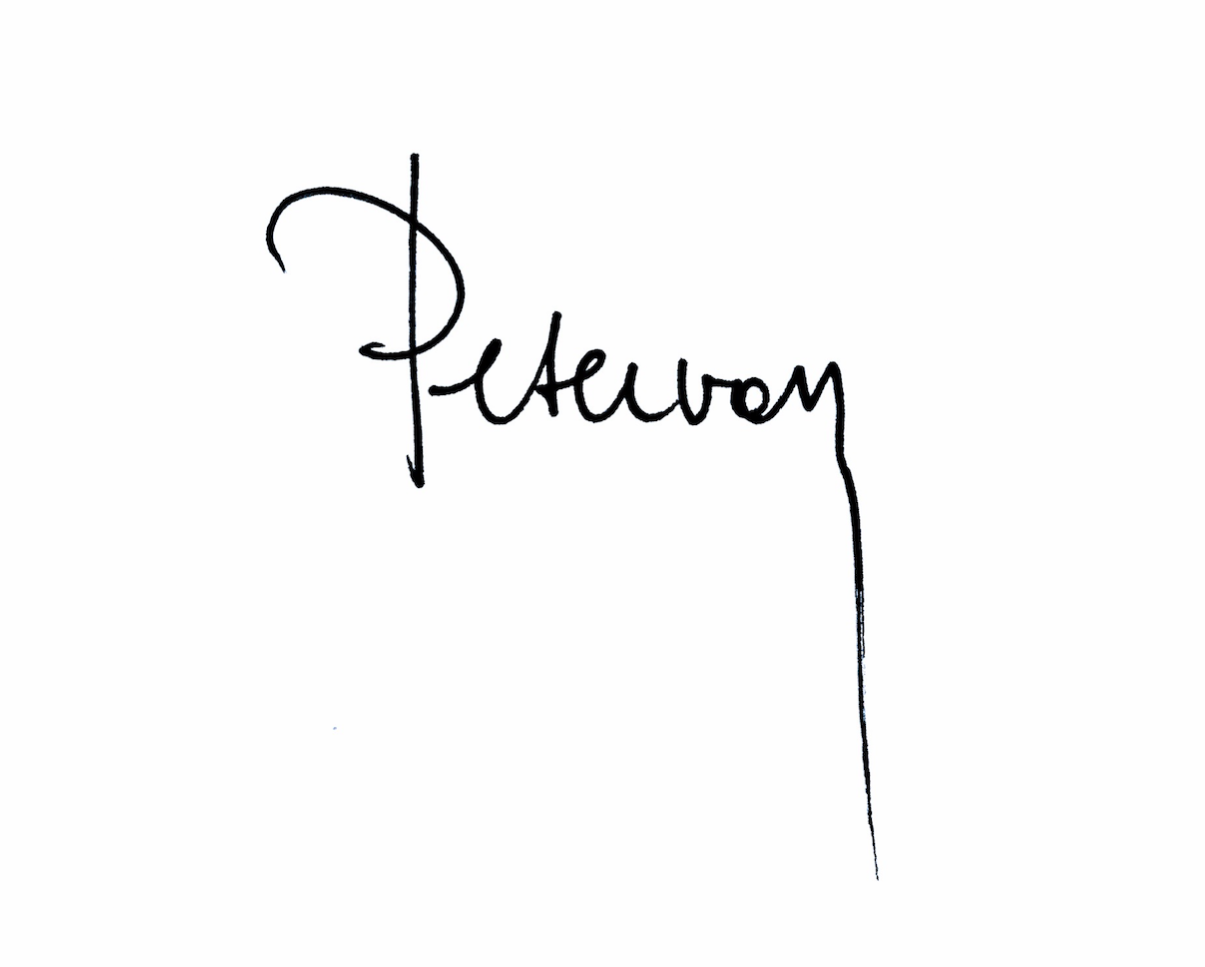



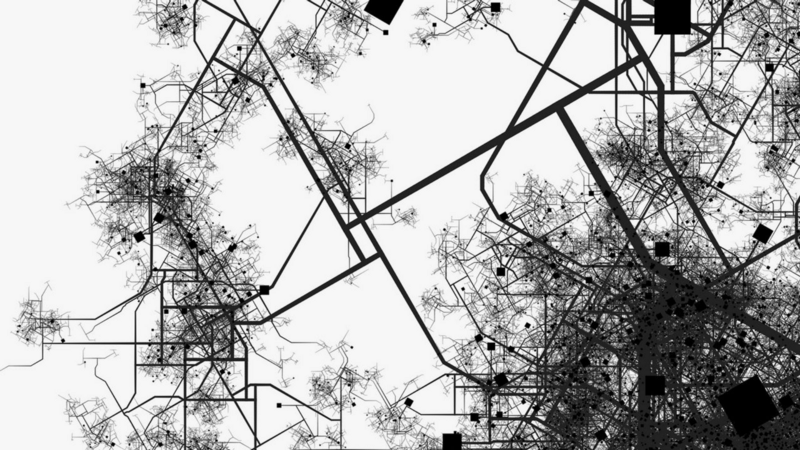
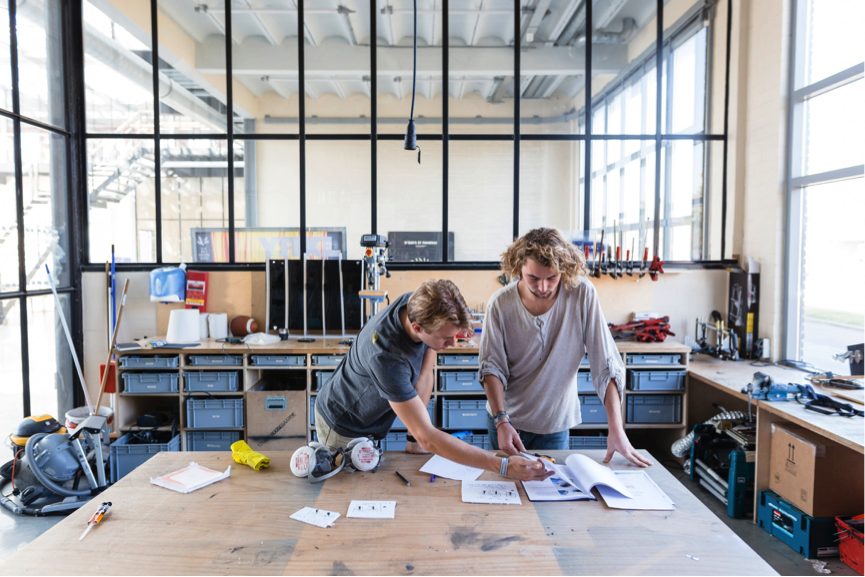
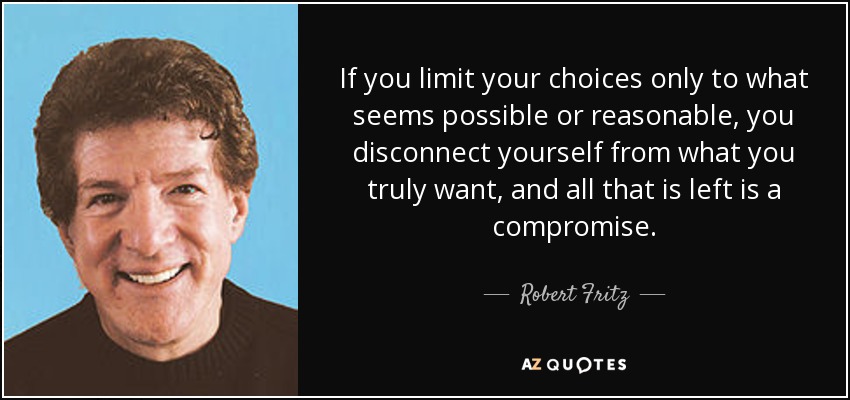
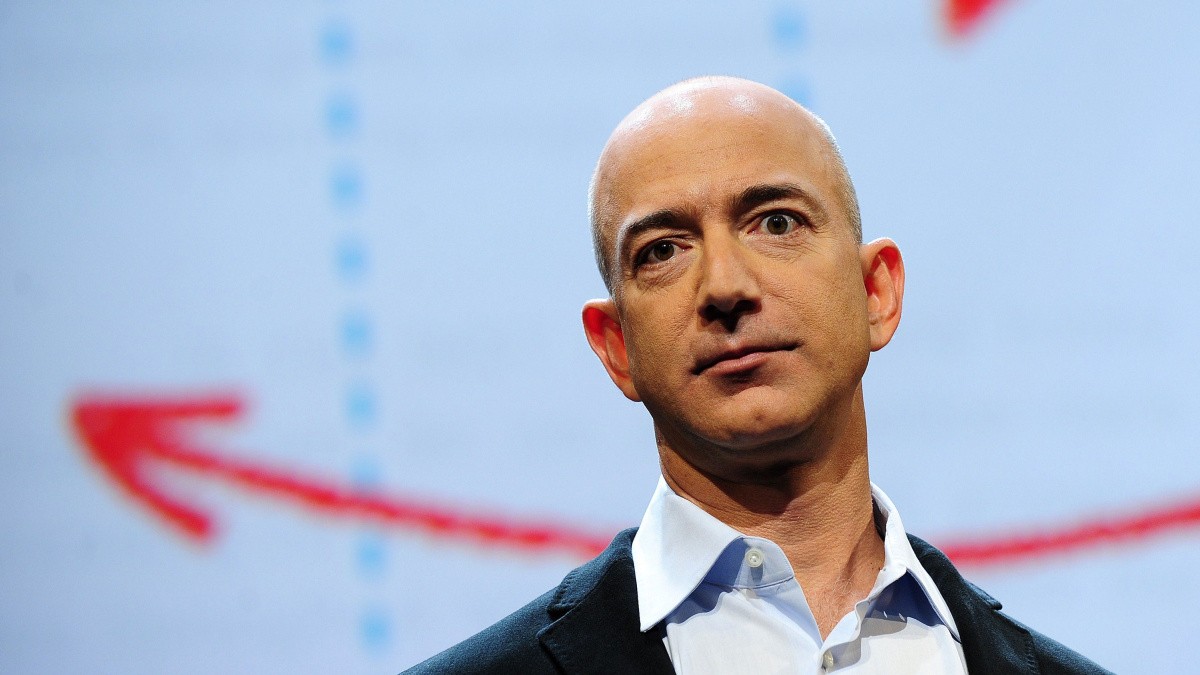

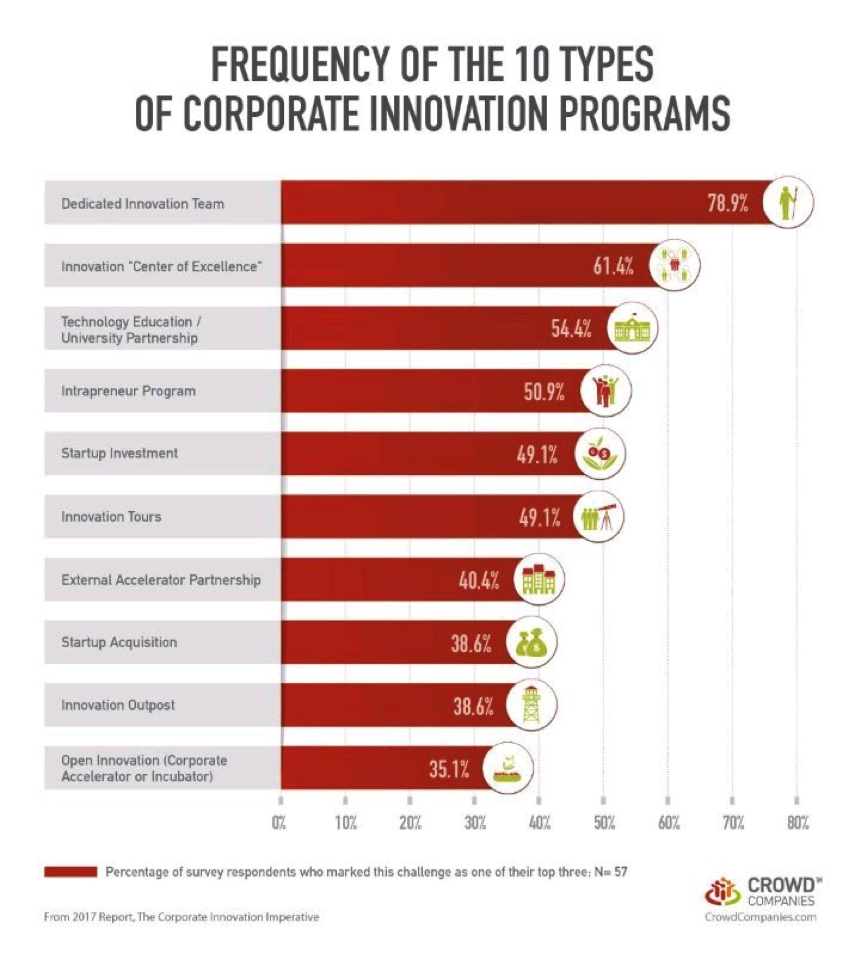




 Bravery – the slide of the presentation. Source:
Bravery – the slide of the presentation. Source: 